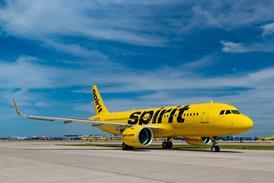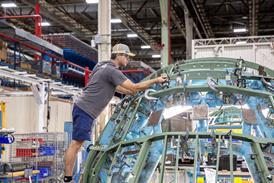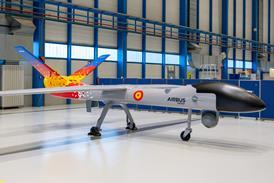Following an 11 November debate in the UK parliament about the proposal to add a third runway to relieve congestion at the world's biggest intercontinental hub, London Heathrow airport, the project looks less secure. Following recent declarations by London's new mayor Boris Johnson and by the Conservative Party that they are now opposed to the additional runway, the parliamentary debate demonstrated that determined opposition to a policy that had previously been considered a certainty for government approval has become more organised.
The Conservative Party, at present still leading the Labour government in polls about which way electors would vote at a general election, has said it would reverse any approval for the third runway if it were elected. Prime Minister Gordon Brown told parliament that the decision, to be announced next month, would be taken following "full consideration" of the expanded airport's ability to meet Europe's environmental standards. But about 50 Labour Party members of parliament have signed a parliamentary motion calling for "alternatives" to the third runway to be considered.
On the same day as the parliamentary debate about the third runway, the UK Royal Aeronautical Society hosted a debate - open to allcomers - about whether the UK's need for additional runway capacity in the south-east should be met by expanding Heathrow or by building an all-new, four-runway airport in the Thames Estuary region. Four speakers addressed the issue from the opposing viewpoints, and the floor was given a brief period for comment, but no vote was taken on which option was the more popular.
Those arguing for a Thames Estuary airport did so passionately, on the grounds that the issue had been ducked following three separate studies since the 1970s when the concept was originally proposed, and claimed that now is the time to act in a visionary manner to create what would be a modern, four-runway, 24h operating airport. Those arguing against it claimed that, by being coastal, the airport would be a geographical cul de sac with no natural catchment area or industrial support, and would require massive infrastructural development including surface transport systems and the creation of a completely new community for airport workers. The lowest government estimate of the cost was £12 billion, according to Dr Tim Leunig, professor of economic history at the London School of Economics, who said it would be "an airport in the middle of nowhere".
Those, including the Conservative member of parliament for the Cities of London and Westminster Mark Field, who argued against the third Heathrow runway, said that although theoretically it was the most cost-efficient solution to a lack of capacity, it was just an exercise in "papering over Heathrow's cracks" and would quickly become saturated. Mike Forster, strategy and regulation director at Heathrow's owner BAA, argued that, despite its capacity problems, the airport is - at present - the world's favourite hub which is of great benefit to UK originating passengers as it increases the number of destinations served.
Source: Flight International























